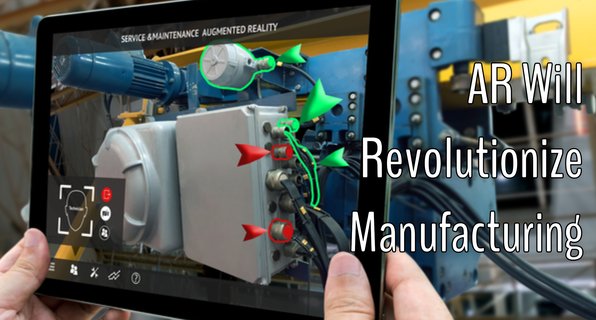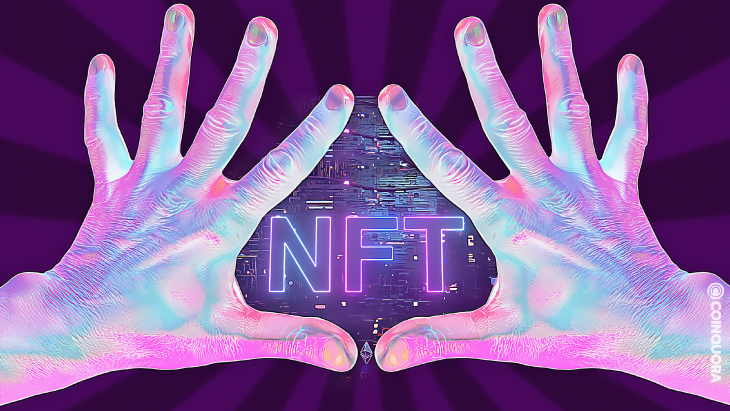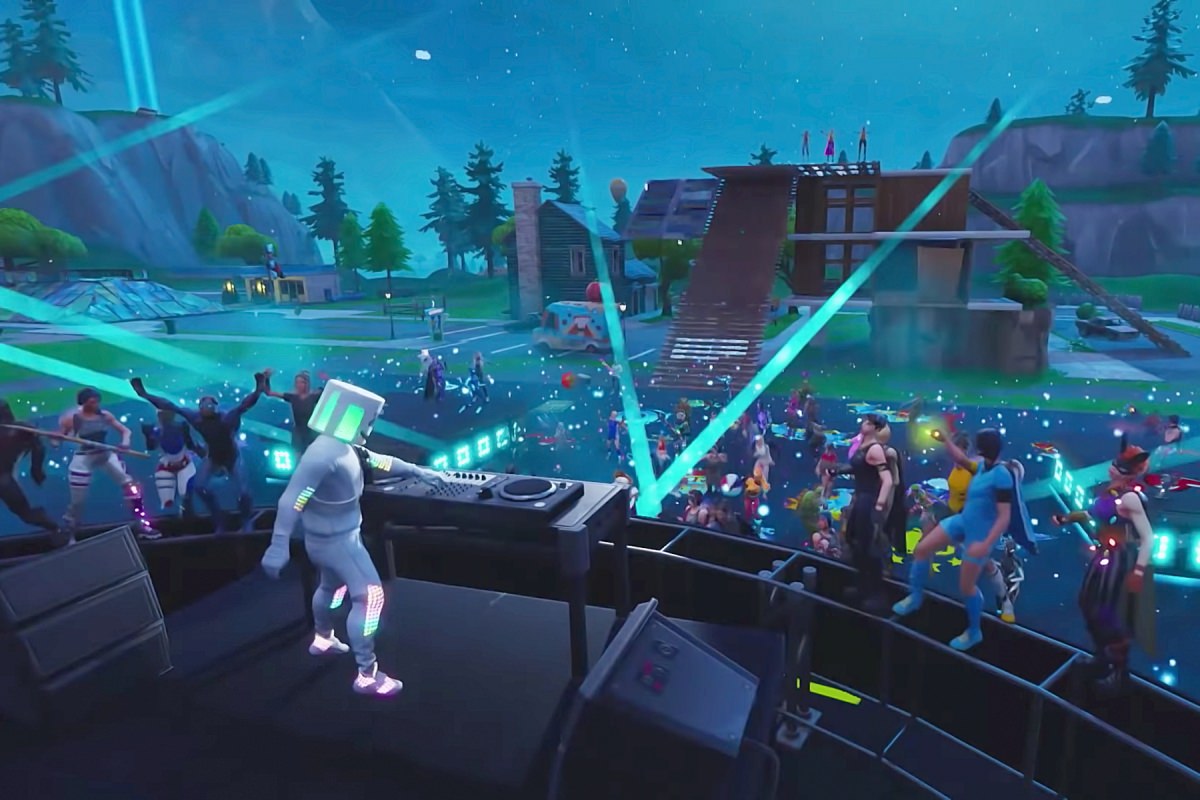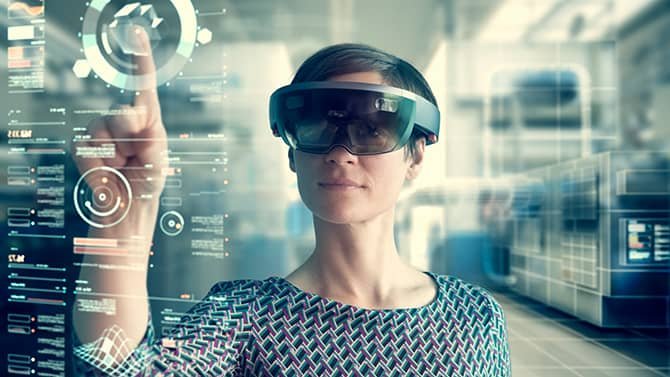5 Examples (AR Experience) Of Brand

Globally, the ar experience is expected to expand by 2021 and reach $97.76 billion by 2028. The Covid-19 virus has been a catalyst for investment growth due to the increasing necessity for businesses to strengthen relationships with their customers through digital platforms.
In marketing, AR can help brands create unique and engaging digital experiences and make customers feel special in a unique manner.
Here’s a list of the companies that have created AR-based experiences over the last few years and what they gained by doing it.
1. Walmart is testing AR to improve inventory

Walmart has announced that it will be making four of its retail stores into “test stores’ in the hopes of testing new technologies (to improve all stores to make them physical shops as well as fulfillment centers for online fulfillment centers).
One of the most critical aspects of these stores is the control of inventory. One test involved an app designed to cut down on time required to get products from back rooms to sales floors. The app uses Augmented Reality to accomplish this by allowing employees to use a hand-held device (which will highlight the boxes ready for transport) instead of scanning each box individually.
Is just one instance of augmented reality being utilized to improve internal processes, creating a more efficient and seamless process? Although it isn’t accessible to the public, Walmart says that “regardless of what, it’s the consumer who is the beneficiary by the technology ultimately helping enhance customer satisfaction by offering more products on the shelves faster than before.
2. Snap City Painter
Snap launched ‘City painter’ within London’s Carnaby Street. The ar experience tool lets users spray paint on the streets’ shops by putting up pre-designed murals. One of the unique characteristics of ‘City painter’ is that it’s an experience share with others, which means that any change an individual makes is visible in real-time to others who use the tool.
City Painter is the first significant instance of local Lenses Snap’s goal to create a virtual reality by mapping the most important landmarks. In the promo video, the company states that it is “using different sources of data including 360-degree photos, 360-degree images, and community snaps – we’re capable of creating an image of the world as it is.
As the tool evolves, it is confident there will be the possibility for brands to become involved, specifically travel and tourism companies that want to take advantage of the growing desire of consumers to explore and experience.
3. ASOS

Asos is not a newbie to mobile technology. It has previously integrated visual search in its accessible mobile application. Asos was entirely into ar experience and launched an innovative AR feature known as Virtual Catwalk, designed to assist users in visualizing the 100 Asos Design products.
In the aftermath of the pandemic in 2020, photographers and models were made to work from their homes which led to Asos deciding to increase the use of technology that uses Augmented Reality to adjust clothes to models digitally. In addition to allowing Asos to address a pressing problem by allowing the website to update with fresh inventory regularly.
See My Fitness’ can also enhance customers’ experience by showing the customer how items look and on various body styles, in turn, will help increase sales and reduce returns.
4. Pull & Bear – video game
Inditex, the retailer Pull and Bear, has introduced “Pacific Game,” an ar experience game developed in conjunction with Facebook’s Creative Shop. The game is the players in a virtual journey between California to Tokyo, where players can then shift their heads to avoid obstacles and earn points as they travel.
Designed specifically for social media, It is available to play on Instagram, Facebook, and the retailer’s website. On Instagram specifically, players can play via the Instagram front camera feature.
5. Burberry Olympia Pop Up at Harrods

Retailers are reinventing ar experience to attract customers back to stores after the pandemic. Burberry is an example, and recently, it launched an interactive AR experience at Harrods in conjunction with the debut of its brand’s latest Olympia bag.
By scanning a QR code within the store, customers will see the Elphis statue move around their surroundings and capture a video or photo to share with their friends.
Although this type of experience has been used before and only adds an element of excitement to shopping, The concept of ar experience has taken on a new significance for brands and customers following Covid-19.
It is hope that it will bring luxury shoppers back to physical shops as locks are lift. According to Burberry, “the experience is the most recent in a string of activities that explore the connections between digital and physical experiences, to help us develop ideas for our customers and improve the experience of luxury.”
FAQ Most Frequently Ask Question
How is augmented reality implement?
Now that you understand the significance of ar experience and how it works, how do you make it work? The first step is to understand what’s going on surrounding the user based on the contents of the camera feed. Then, allows it to display digital content that is relevant to that which the viewer is viewing.
What exactly is AR in simple terms?
Augmented Reality (AR) is the process of overlaying audio, visual, or any other sensory information onto the environment to improve a person’s experience.
In contrast to the virtual world, which is akin to creating its cyber-world, Augmented reality enhances the world as it exists.
What is the process companies employ to utilize AR?
Retail. Retail businesses can benefit from AR. ar experience provides the opportunity for customers to experience products before purchasing.
For instance, Sephora has an app that lets customers view how their makeup products appear, and Wayfair utilizes AR to demonstrate to customers how furniture would appear in their homes.





